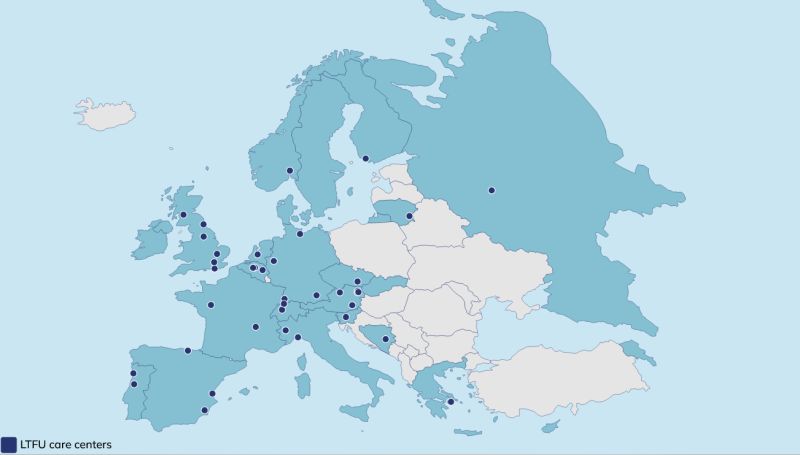Check out the latest project results published in the Journal of Cancer Survivorship in our article on the ‘Barriers and facilitators to implementation of the interoperable Survivorship Passport (SurPass) v2.0 in 6 European countries: a PanCareSurPass online survey study’!

Why is this paper important?
Survivorship care after childhood cancer is important to prevent and treat health problems that can occur later in life (late effects). The Survivorship Passport is a document which provides a survivor of childhood cancer with a treatment summary and personalised care plan. This plan describes the clinical tests needed in the upcoming years, based on the latest guidelines for late effects screening. So far, preparation of the Survivorship Passport was done manually by the late effects doctor, which is a very time consuming task (on average 1.5 hours per survivor). The newest version of the Survivorship Passport is therefore digitalised – parts of the document can be prepared automatically by a computer system.
As part of the European PanCareSurPass project, six childhood cancer hospitals in Italy, Austria, Belgium, Germany, Lithuania and Spain will start using this new version of the Survivorship Passport. They will then evaluate the tool, so that it can be improved even further. To ensure that implementation of the Survivorship Passport will be successful, we researched possible barriers (or obstacles) and facilitators (or helping factors) in each of the six hospitals.
What did we do?
We designed three surveys, one for late effects doctors, one for hospital/clinic managers and one for survivors. In these surveys, we asked about their opinions on the use of the Survivorship Passport in their hospital. Questions were related to different action fields (or themes), namely survivorship care, and ethical, legal, social and economical aspects. In total, we collected 54 responses. From these responses, we carefully extracted possible barriers and facilitators to implementation of the Survivorship Passport. We did this for each of the six hospitals individually.
The most important barriers we identified were:
- a lack of time (even digitalised, preparation of one Passport takes about 30 minutes),
- a lack of funding and a lack of knowledge about possible ethical and legal issues, and
- survivors possibly getting more anxiety about health after receiving a Passport.
Facilitators on the other hand, were:
- each of the six hospitals having access to electronic medical records (important for automatically generating the Passport), and
- each of the six hospitals already having experience with the Survivorship Passport or tools that are similar to this one.
What is the impact?
Knowing which obstacles we may face during implementation of the new Survivorship Passport allows us to find solutions in an early stage. Obstacles can then be overcome in time, so that implementation will go smoothly. On the other hand, knowing which factors will be of help during the implementation process will enable us to use them to their full potential. All in all, this study contributes to successful implementation of the Survivorship Passport, which in turn has the potential to improve childhood cancer survivorship care.






